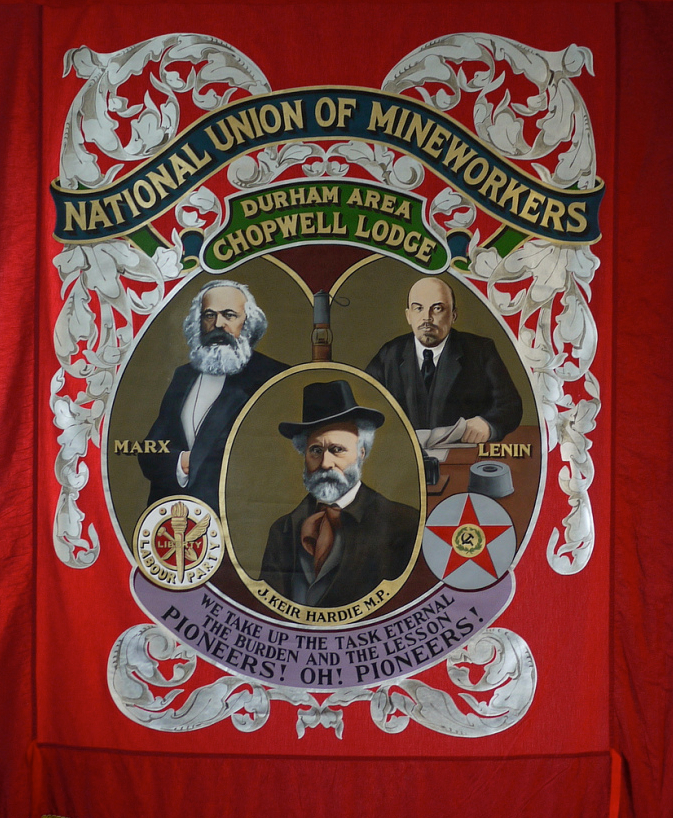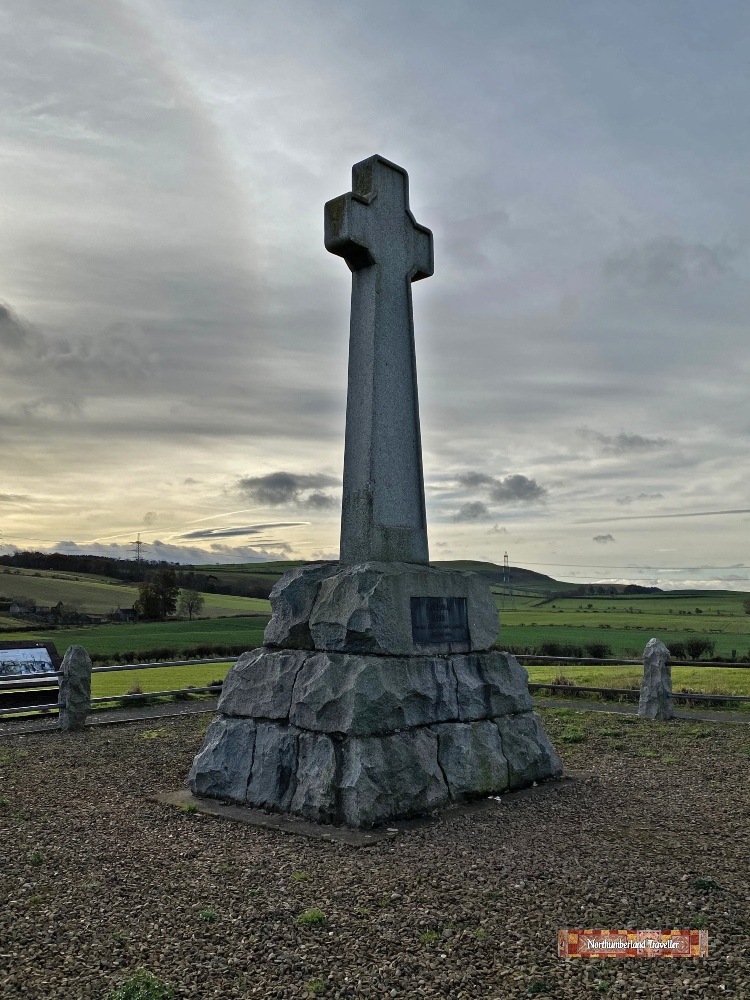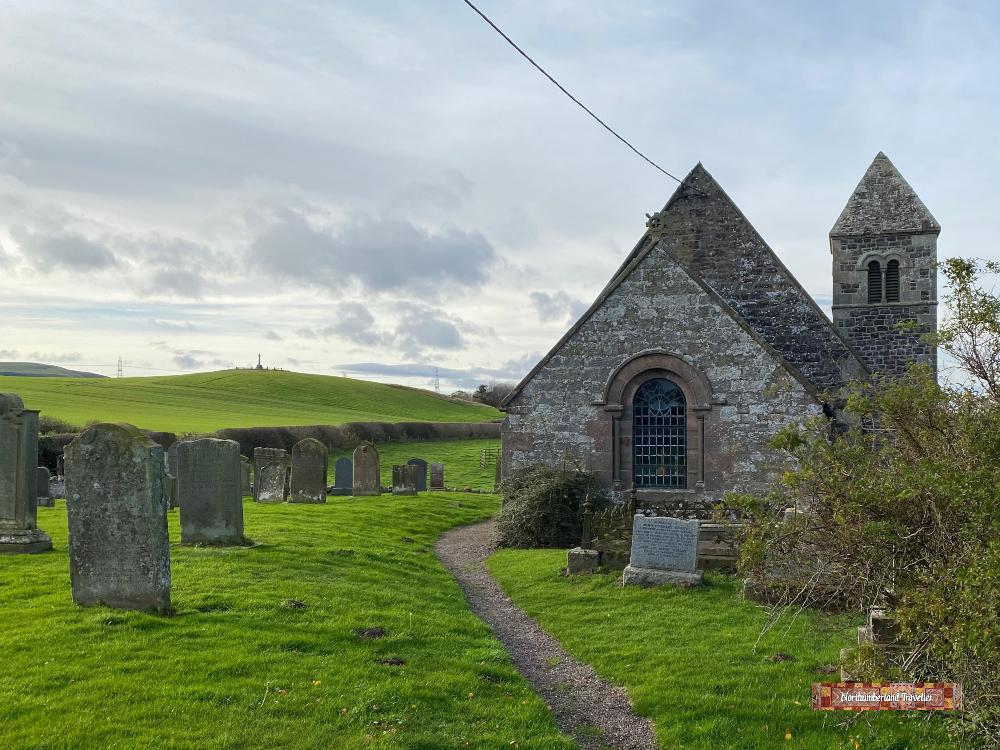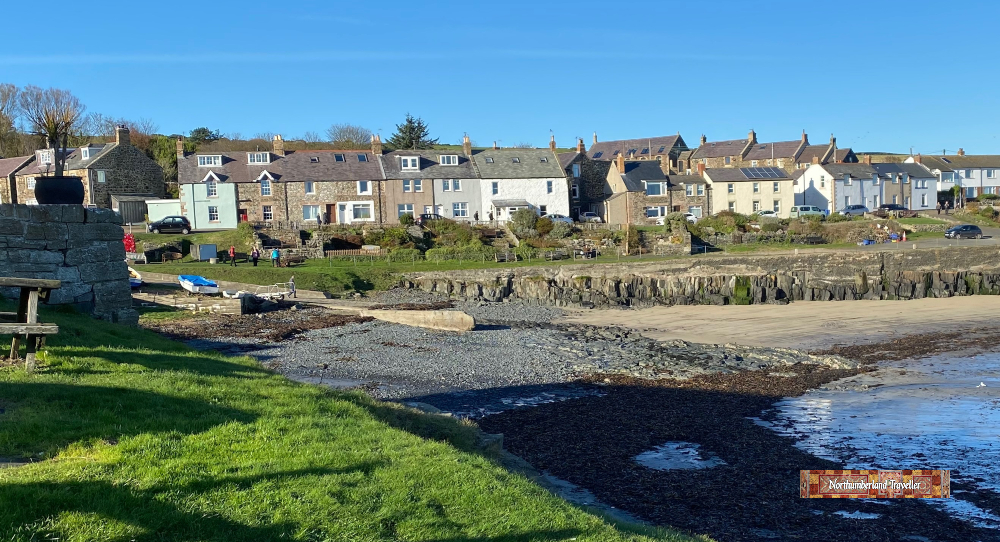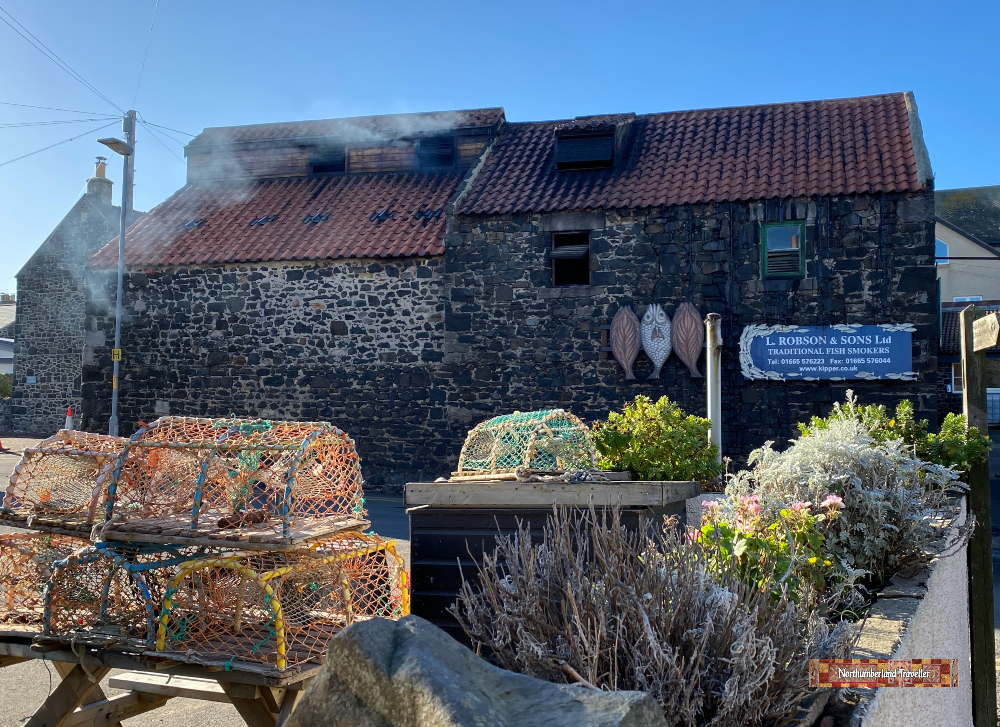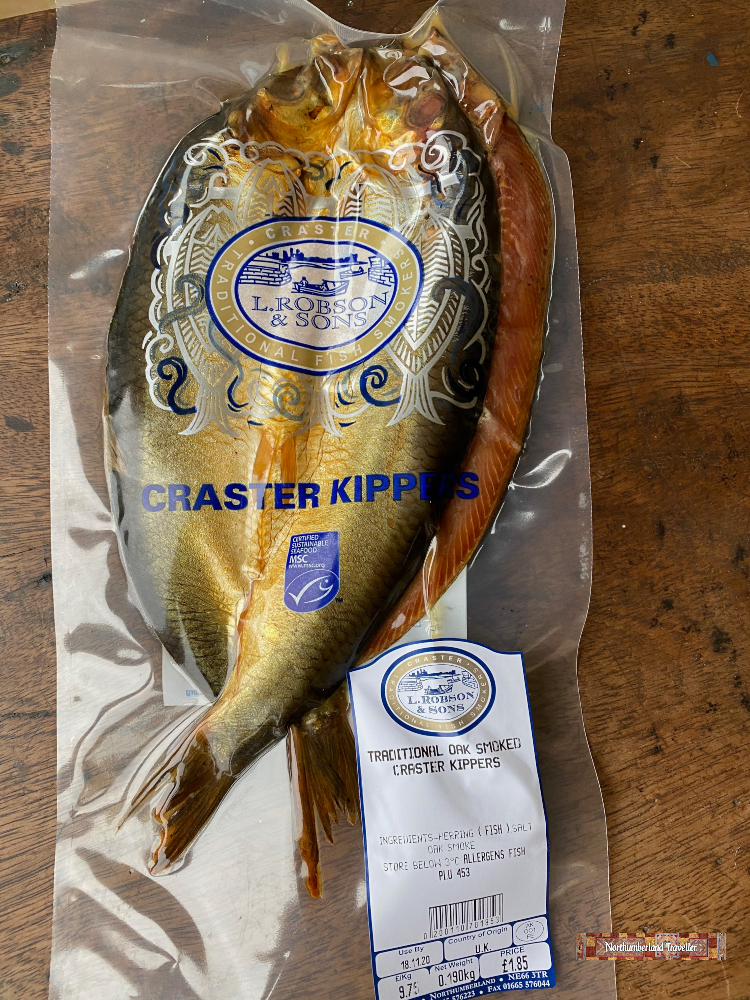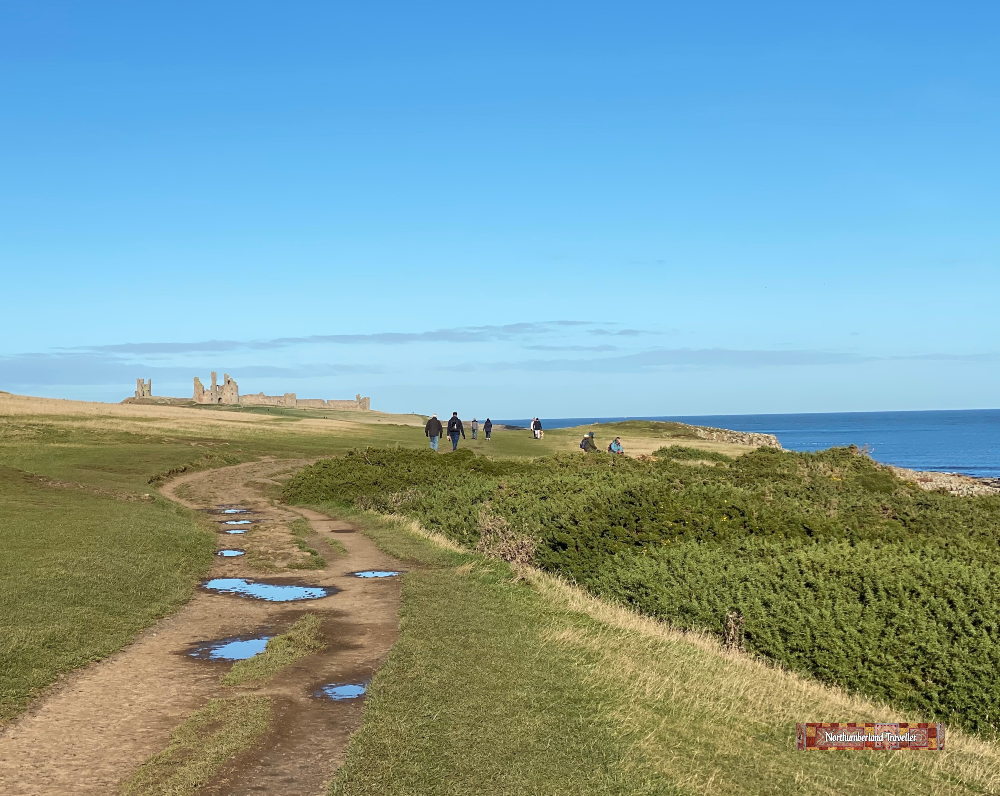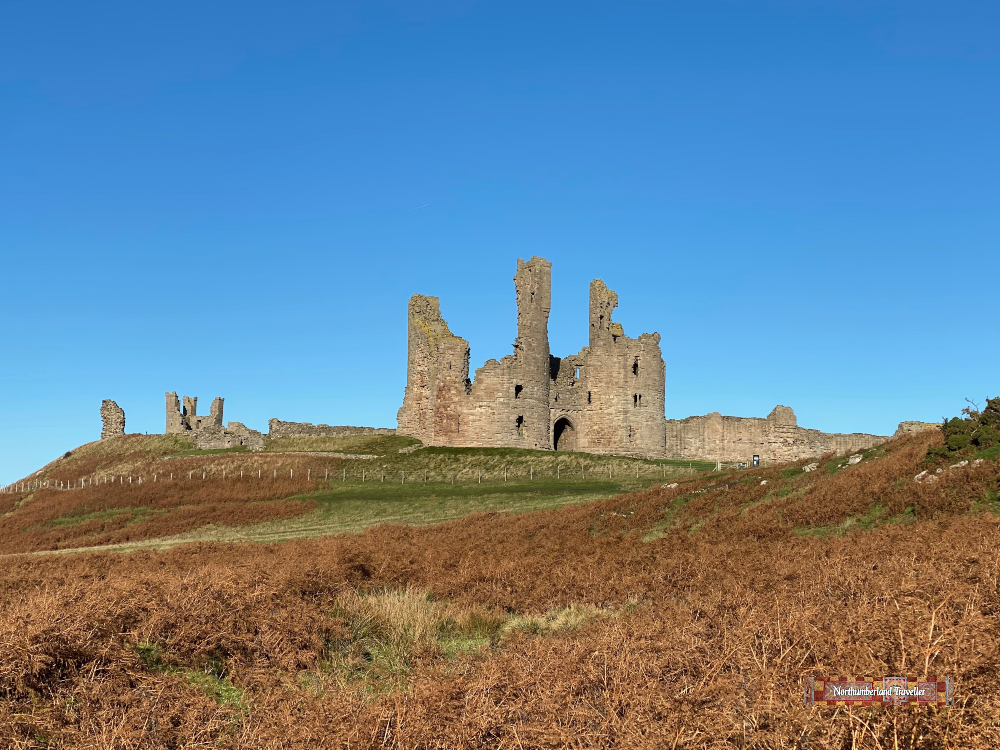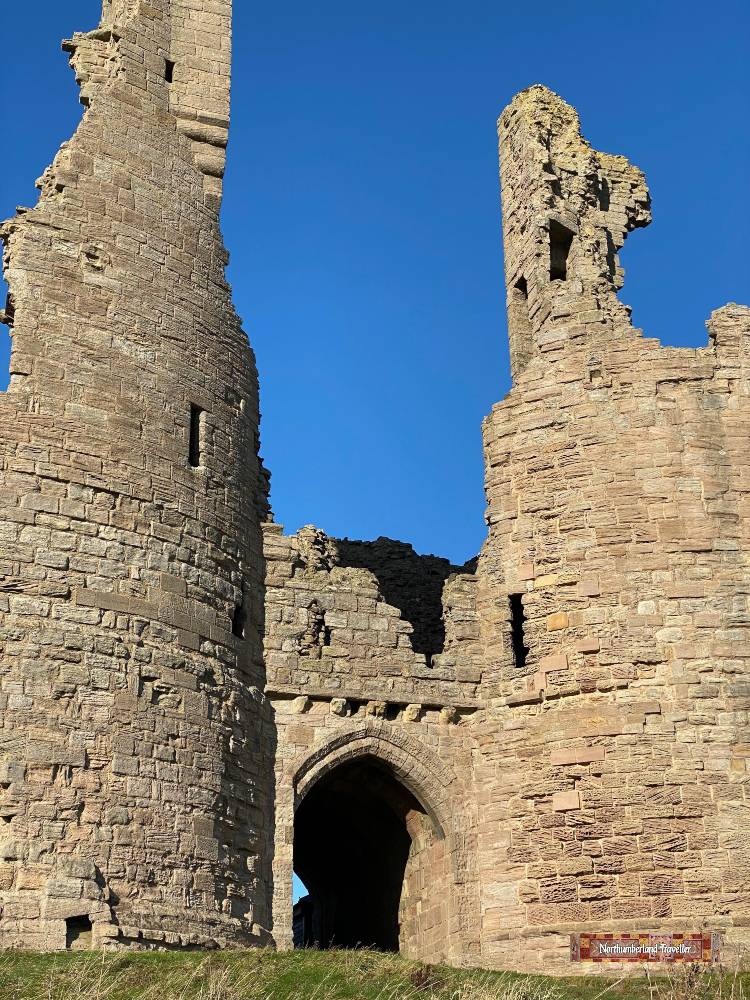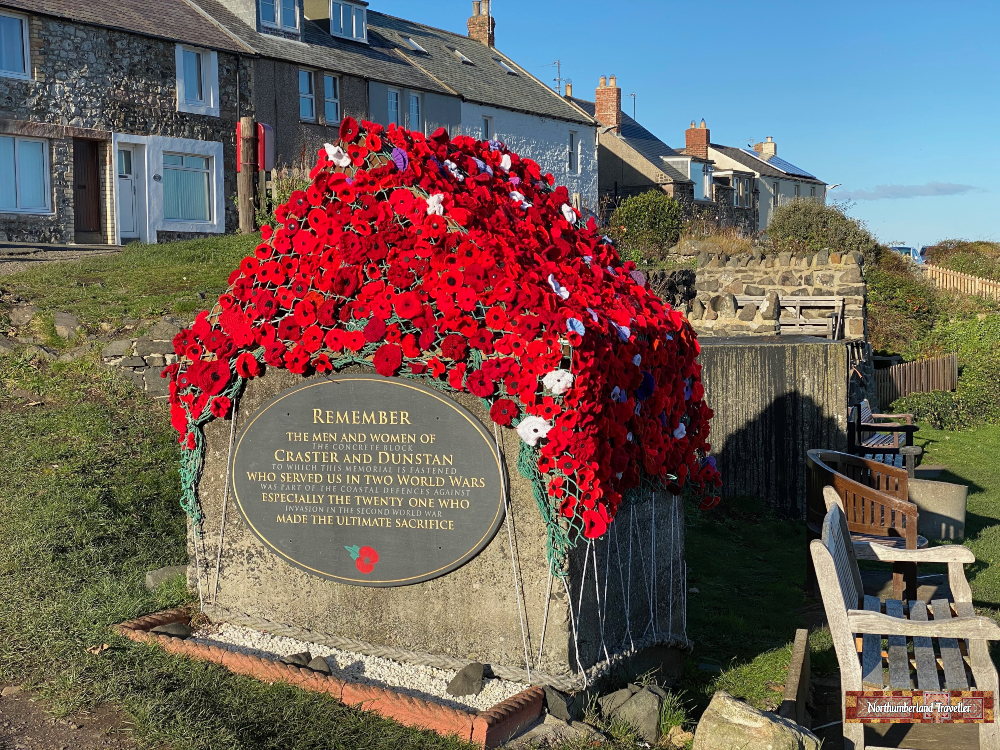Maelmin Henge and Heritage Trail is an outdoor attraction near the Northumberland village of Milfield. There is not a huge amount to see but it is worth a visit if you are in the area. It would also be a good place for a school trip. It comprises a wooden henge and a Dark Age house (both modern reconstructions) and a short trail through a copse and field with a couple of dozen interpretation boards detailing 10,000 years of history from the Palaeolithic era onwards.

This wooden henge is a recreation of the Milfield North Henge which was excavated nearby in the 1970s and carbon-dated to around 2300BC. The original henge would have been used for burials.

An information sign tells us that the Milfield Plain is drier, cooler and sunnier than the rest of UK because it is sheltered somewhat from rain-bearing westerly winds by the Cheviot Hills. They are right about it being cooler, with July mean temperatures of just 14°C. Apparently our Mesolithic hunter-gatherer ancestors used to enjoy temperatures around 2°C higher than today. It seems the current climate change crisis is just taking temperatures back to how they used to be!

This wooden structure is a full-scale reconstruction of a Dark Age (AD 410-550) house excavated at a nearby quarry. The walls would have been coated in mud and straw to protect against the elements.
You can read more about this place on the official Maelmin Heritage Trail website.
RAF Milfield
Maelmin occupies the corner of a former Royal Air Force airfield used by Fighter Command during WWII.
After the war, the hangars were dismantled and the landing strips were removed during subsequent quarrying activity. Taking advantage of the flat terrain, the Borders Gliding Club operates from here.
How to Get to Maelmin Henge
Entrance and parking is free.
You can find the location on this map:
If you zoom out slightly you will be able to make out the remnants of a runway belonging to RAF Milfield.
Nearby
Borders Gliding Club
Ford & Etal


